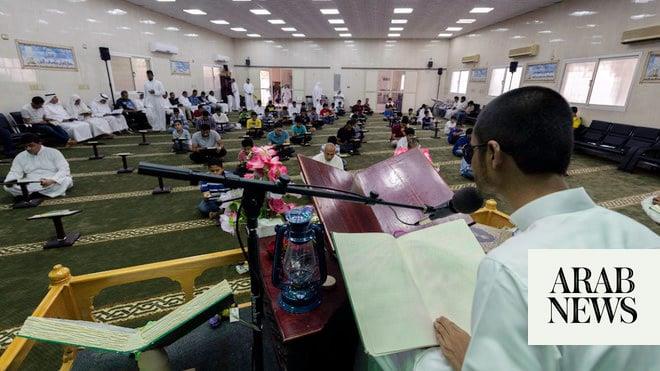
People with a criminal record face substantial barriers to fair employment, both during and after their incarceration. Given that the 13th Amendment to the Constitution allows for forced labor as a punishment of crime, most people in custody are forced to participate in prison work programs that may verge on enslavement. Prison jobs typically pay people less than a dollar per hour for their work—and in some states, they pay nothing at all. And when people leave prison, they struggle to find a job that can support them and their families. The unemployment rate among formerly incarcerated people sits at a staggering 27 percent, and median annual earnings for those who do find a job hover around $10,000 in the first year after their release from prison.
These challenges are partially due to the deep-seated stigmas and discrimination that formerly incarcerated individuals face in the labor market. But they are also often due to insufficient workforce preparation within prisons. Many people in custody have checkered work histories, and while in prison, they typically hold institutional maintenance jobs like mowing lawns, washing dishes, and laundering uniforms. While many people say they appreciate that this work keeps them busy and gives them a sense of purpose while serving their time, research shows that the nature of these jobs often do not foster transferable skills that can help people land living-wage employment once they are released from prison.
A new policy brief by Human Trafficking Search argues that one of the best ways to help people with a criminal record achieve fair employment—and to break the cycles of poverty and incarceration—is by providing incarcerated individuals with robust education and training opportunities. By highlighting a series of best practices implemented by states across the country, the brief provides recommendations that corrections agencies and policymakers can follow to help prepare incarcerated individuals for successful employment on the outside. This includes:
Allocating robust funding for postsecondary prison education programs: Demand for correctional education and training opportunities far exceeds the amount of programming that current funding streams can support. According to the most recent S. PIAAC Survey of Incarcerated Adults, over 70 percent of incarcerated people want to participate in some sort of formal education in prison, yet only 21 percent have a spot in a certification or degree program. This points to the urgent need for additional funding streams to help bring programming up to scale with demand.
Relieving students from forced labor requirements: Many incarcerated students may not have the time needed to dedicate to their studies because they are forced to participate in prison labor programs. Eleven states have procedures in place that release people in custody from their work requirements if they are participating in an educational program, recognizing that this is a more humane and productive use of incarcerated people’s time than forcing them to participate in work programs that pay little to nothing and offer little opportunity for social mobility. More states should follow suit.
Ensuring programs have a strong focus on labor market needs: Education and training programs within prisons should pair classroom instruction with on-the-job training in in-demand fields that pay a living wage. Correctional systems should frequently conduct labor market assessments and adapt education and training programs accordingly to ensure they align with labor market needs.
Frequently engaging with employers: Corrections agencies should engage with local employers and invite them to meet incarcerated students in order to address stigmas and misconceptions about the incarcerated population. Connecting students with employers can also help students secure employment before they even leave prison.
Removing barriers to access: Two-thirds of all U.S. states currently have some sort of statutory, regulatory, or policy barrier that prevents currently or formerly incarcerated individuals from accessing at least one state financial aid program. State governments should remove these barriers to financial aid access to allow more incarcerated individuals to participate in educational programming that is essential to securing a living-wage job post-release.
To learn more about the innovative approaches that some states have implemented to strengthen their prison education programs, please read the full policy brief.












